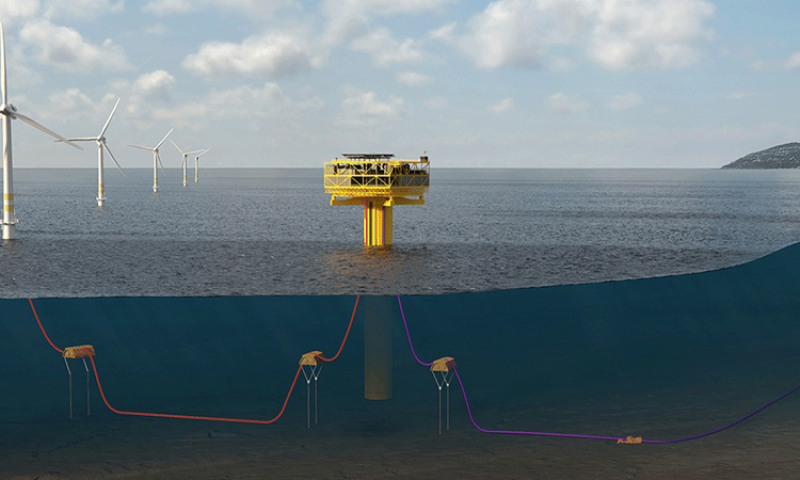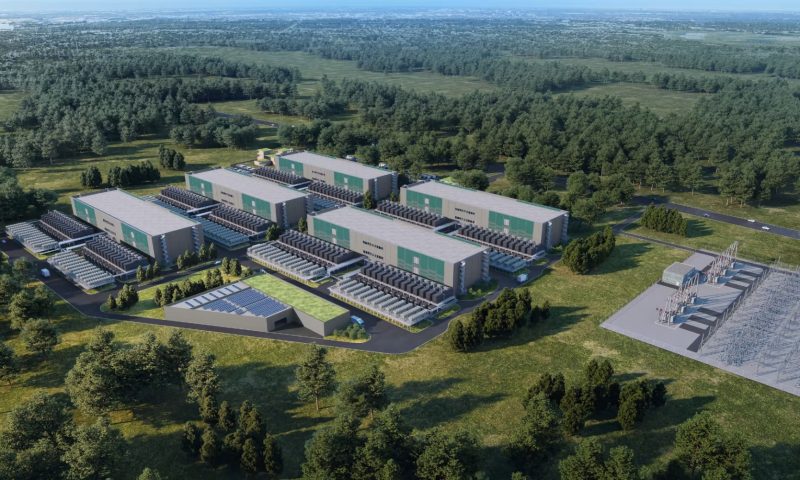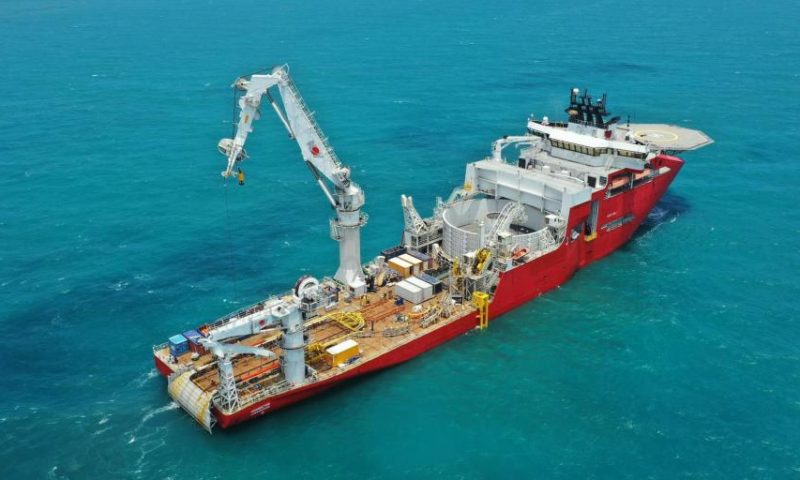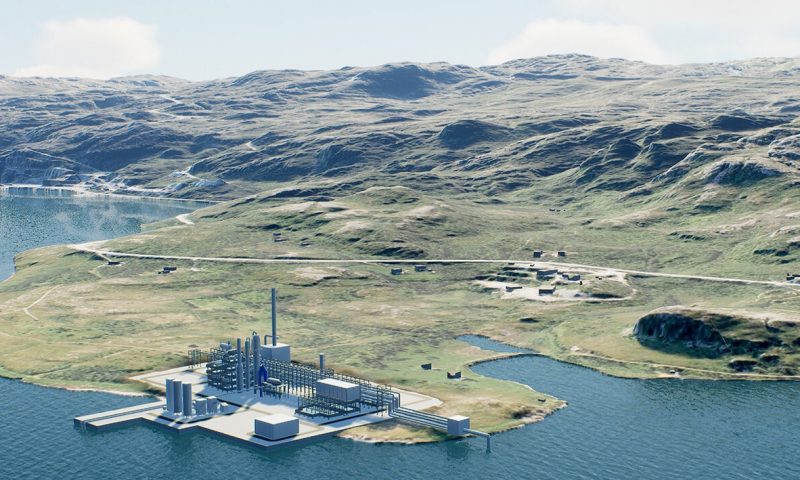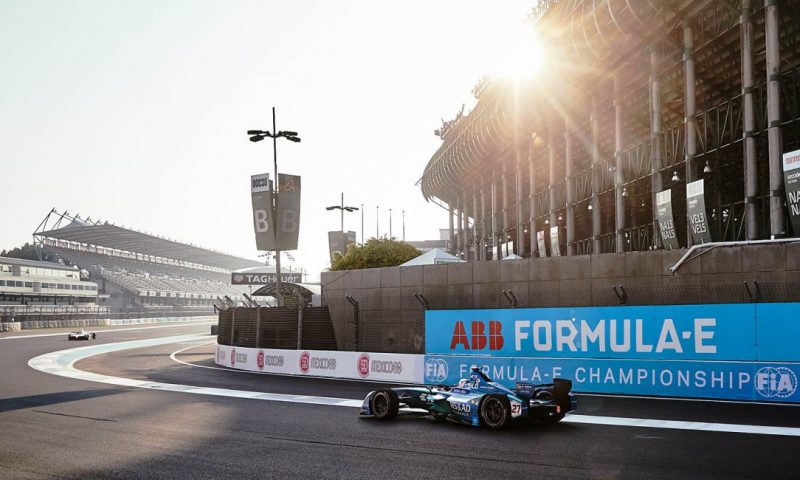
ABB Formula E Flies High in Mexico City
The ABB FIA Formula E Championship is returning to the Autódromo Hermanos Rodríguez circuit in Mexico City, for the fourth round of Season 6.
After a scorching race in Santiago, in which Max Guenther took his maiden ABB Formula E win thanks to a daring last-lap overtake, the championship is making another stop in Latin America, returning to Mexico City for the fifth time.
Not only the fastest track on the calendar, with a mixture of long straights and a technical section in the iconic Foro Sol stadium, the Mexican E-Prix is also the highest at 2,250m above sea level.
At last year’s event, Lucas Di Grassi of Audi Sport ABT Schaeffler narrowly beat Mahindra Racing’s Pascal Wehrlein to victory, as Wehrlein’s battery lost all charge within meters of the checkered flag. It was Di Grassi’s second Mexico win, following his 2017 victory, and the 2020 CBMM Niobium Mexico City E-Prix gives him a chance to complete a Mexican hat-trick.
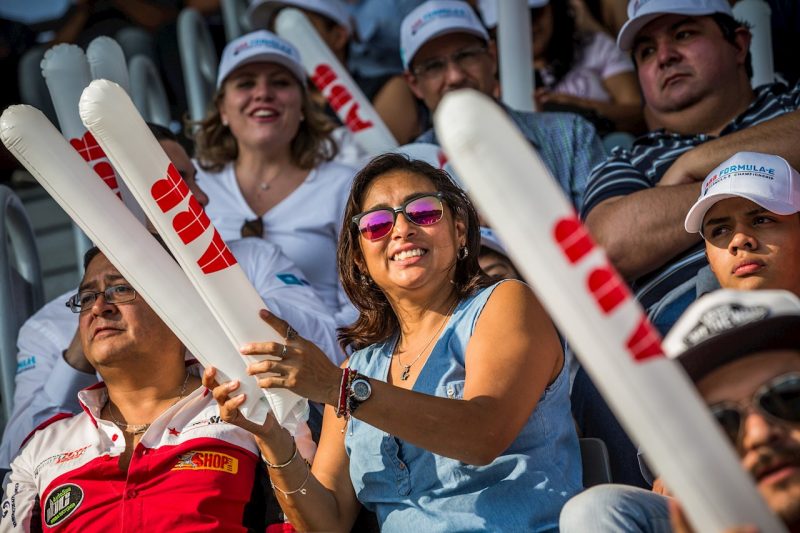
The Autódromo Hermanos Rodríguez will also host the third round of the championship’s support series, the Jaguar I-PACE eTROPHY, of which ABB is official charging partner.
For well over a century, ABB has been providing technology to help Mexico develop its economy and infrastructure. The company has become a strategic partner for the country, helping to embrace the rapid global advances in energy generation and supply as well as the digital industrial revolution. More recently, ABB projects have focused on mobility, sustainable power, and the development of industry and smart solutions, helping to support Mexico’s ambitious goals in these areas.
Vicente Magaña, President and CEO of ABB Mexico, said: “In this championship, we seek to promote electric vehicle technology and pave the way for future mobility solutions. The championship verifies the great potential of electric mobility, not only to transport us more cleanly and efficiently, but also as something to get excited about on the racetrack. At ABB, we work with numerous partners to ensure that these new mobility technologies benefit the whole of society.”
ABB Mexico has more than 4,000 employees across 10 sites, with its headquarters located in Mexico City. The company has a strong presence in the automotive, food & beverage and pharmaceutical manufacturing sectors. ABB has also completed major projects in electric infrastructure – developing reliable, intelligent and clean power grids – the oil & gas industry, smart ports, renewable energy and e-mobility.
ABB is driving e-mobility forward in Mexico from production to charging infrastructure. Nine out of ten cars produced in Mexico have benefited from some form of ABB’s technology and the company has installed 15 charging stations in the country.
Some of these are helping to complete the US-Mexico EV corridor program, which aims to provide sufficient charging infrastructure to allow commercial EVs to travel from Mexico City to Texas. Three Terra 53 chargers have been provided for the central region’s portion of the corridor – each 110km apart.
Showcasing ABB’s digital solutions, ABB Ability™ technology guarantees that the chargers are operational 24/7, as remote connectivity enables them to be continuously monitored from any location.
And continuing the long relationship between ABB and Porsche, nine Terra HP 175 kW chargers will be installed at the marque’s main Mexican dealerships to support with the introduction of the Porsche Taycan to the Mexican market. The relationship has been newly extended on track, with the announcement in Santiago that ABB has become an official partner of the TAG Heuer Porsche Formula E Team, as the two brands join to promote e-mobility.
ABB Mexico’s projects provide proven technology to deliver safe and reliable control of highly demanding applications, such as the collaboration with building materials and solutions company, LafargeHolcim, at its Acapulco cement plant. ABB replaced the Distributed Control System (DCS) with state-of-the-art controllers and input and output modules. The company also implemented a solution to increase the amount of energy available to the control system, improving the efficiency and safe electrical integration of the site.








